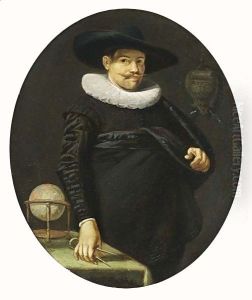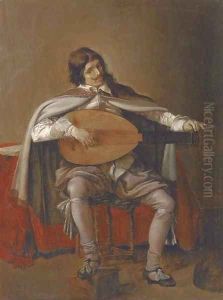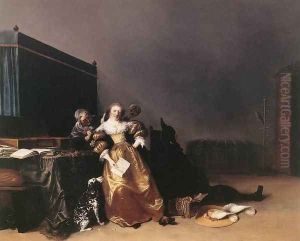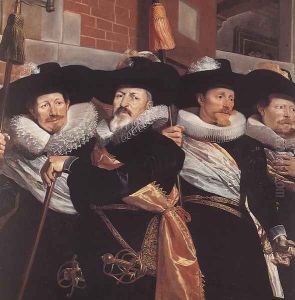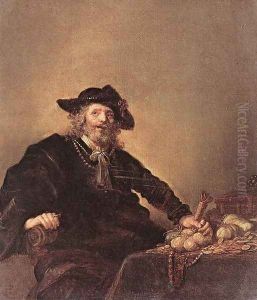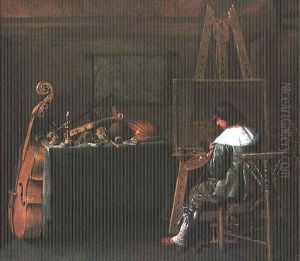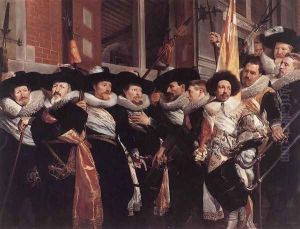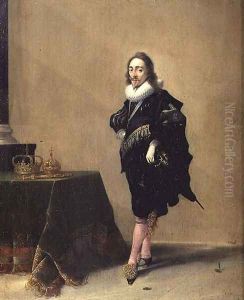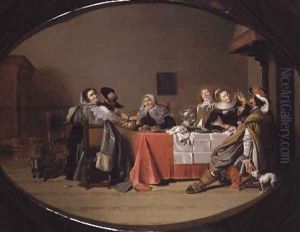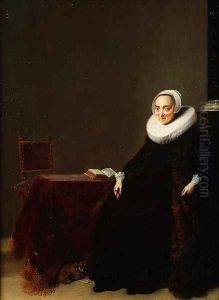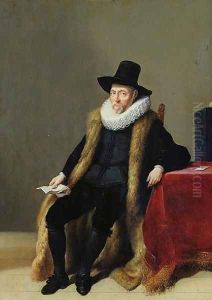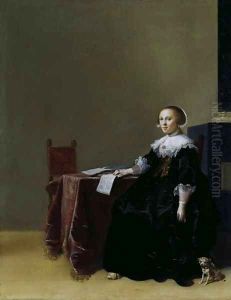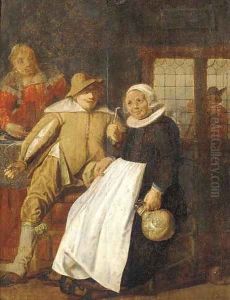Hendrick Gerritsz Pot Paintings
Hendrick Gerritsz Pot, a notable Dutch Golden Age painter, was born around 1580 in Haarlem, Netherlands. His early life is somewhat obscure, but it is known that he became a successful portrait and genre scene artist, capturing the essence of Dutch society during the 17th century. Pot's artistic journey began in his hometown, where he was greatly influenced by the Haarlem school of painting, renowned for its attention to detail and vibrant use of color.
Pot's talents were recognized early in his career, leading to his acceptance into the Haarlem Guild of St. Luke in 1626, a significant milestone that marked his official status as a master painter. This affiliation not only elevated his reputation but also allowed him to take on students and apprentices, contributing to the next generation of Dutch artists. Throughout the 1620s and 1630s, Pot's work flourished, with his portraits becoming especially sought after by the Dutch elite. His ability to capture the likeness and personality of his subjects with remarkable accuracy made his paintings highly prized.
In addition to his portraits, Pot was known for his genre scenes that depicted everyday life in the Netherlands with a keen eye for detail and a touch of humor. These works offer valuable insights into the customs and culture of the time. Around the mid-1630s, Pot moved to London, where he continued his career as a portraitist. During this period, he painted several members of the English nobility, including possibly King Charles I and his circle, which further enhanced his reputation.
Despite his success, details about Pot's personal life and later years remain relatively unknown. He returned to the Netherlands sometime after his stay in England and continued to paint until his death in Haarlem in 1657. Today, Hendrick Gerritsz Pot's works are celebrated for their contribution to the Dutch Golden Age of painting, offering a window into the society, culture, and people of 17th-century Netherlands.
